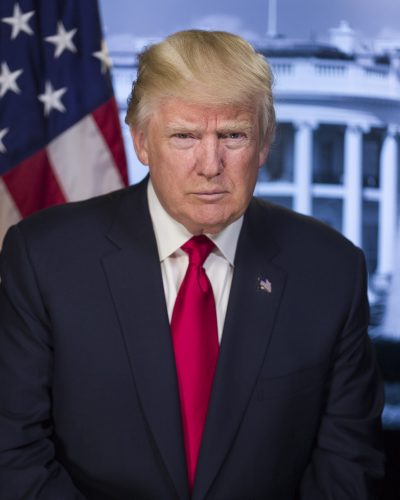Dow Jones Industrial Average cracked the 20,000 mark for the first time today fueled by President Trump’s promises to cut taxes, adopt protectionist policies, and move manufacturing jobs back to the US. We have already labeled it as the Trump rally. The market certainly thinks that jobs are coming back to the US, but what if the market is wrong?
During his first week in office, the new US President has pulled out of the 12 nation Trans-Pacific Partnership Agreement and expressed a desire to negotiate bilateral agreements with countries. The long standing North American Free Trade Agreement is also potentially at risk with Trump looking to sign a bilateral agreement with Canada, effectively excluding the third NAFTA partner, Mexico.

Bringing back manufacturing jobs to the US?
Putting the initial euphoria and rhetoric aside, how likely is it that these policies will bring back manufacturing jobs to the US? It is important to understand that in addition to globalization and free trade, a big factor that led to the loss of US manufacturing jobs was technological enhancement and automation resulting in higher efficiency and lower cost of production.
For instance a chip fabrication facility in Taiwan with specialization, higher volumes, commercial incentives, local subsidies and supplier clustering effect may be able to produce specialized chips at a fraction of the cost of a US counterpart. While a substantial part of that production may ultimately find its way back to the US inside cell phones, laptops, entertainment units, on board automobile computers and home electronics an equally significant portion of these products are sold to non US consumers.
Would higher US tariffs be sufficient incentive for these jobs, roles and orders to shift back to the US? Especially for products destined for European and Asian markets?
Ring around the roses? The race ahead of tariffs.
Minimum wage requirements in the US also made it economically feasible for companies to tap cheaper resources overseas. In his bid to fulfill his campaign promises and make US manufacturing attractive again, it is likely that President Trump may impose heavy tariffs on imports from China and Mexico. We must, however, not forget that there are a number of other countries with cheap qualified labor that would love to cater to US consumers. We have seen similar cycles come into work previously with value added textiles when US importers shopped vendors and suppliers from one market to another ahead of tariff surges and dumping penalties. From India and Pakistan to Bangladesh, from Bangladesh to Vietnam and Cambodia.
Will we see a similar run happen again in the next four years?
Some of the biggest beneficiaries at the Dow have been financial services players. The one word there is not jobs. It’s deregulation.
So before you buy into the rally think about which products, sectors and segments are likely to benefit from higher tariffs and trade barriers. Heavy and specialized manufacturing, automobiles; certainly yes? Electronics and software – maybe. Even though the rally may be broad based right now, as the market thinks through the reaction and impact of these first few weeks, some sifting is likely to happen. Apply this thinking to all major listed sectors – retail, manufacturing, pharma, financials, services, transportation, education and agriculture. And then decide if you are going to jump in or sit this one out.
The final inflationary push?
President Trump’s trade policies, if implemented successfully, will likely result in higher inflation and eat into consumer paychecks. Will the promised tax cut be sufficient to offset this impact? More importantly if that inflation feeds into the rate hike cycle, will consumers at home and work end up as beneficiaries or victims? What will that do to the US$ and our trade balance?
Keeping these factors in mind, how solid is the “Trump rally” and is it built on a solid foundation to keep marching forward? How different is it from the “Peace dividend rally” that has followed earlier Presidential transitions?
